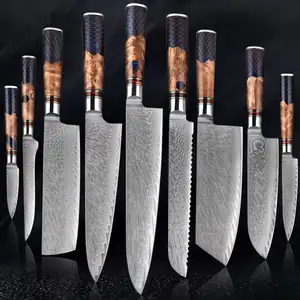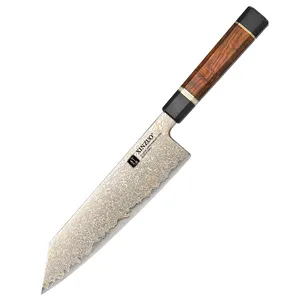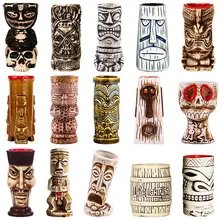Ceramic Knives: The Cutting-Edge Kitchen Essential
Ceramic knives have become a staple in modern kitchens, especially those featured as ceramic knife as seen on tv. These knives are renowned for their exceptional sharpness and precision. Unlike traditional metal knives, ceramic blades are crafted from zirconium dioxide, which is fired at high temperatures to achieve a hardness that rivals that of diamonds. This process ensures a cutting edge that stays sharp for extended periods, reducing the need for frequent sharpening.
Types and Uses of Ceramic Knives
The variety of ceramic knives available caters to a range of culinary tasks. The ceramic chef knife is a versatile tool, perfect for handling a multitude of kitchen tasks, from slicing fruits and vegetables to dicing herbs. For more intricate work, a ceramic paring knife offers a shorter and more precise blade, ideal for peeling and trimming. Specialized types such as ceramic slicing knives are designed with a long, thin blade to create clean cuts of cooked meats, while a ceramic bread knife with its serrated edge glides through baked goods without crushing them.
Features and Advantages of Ceramic Knives
Ceramic knives are not only celebrated for their enduring sharpness but also for their lightweight nature, making them easy to handle and reducing fatigue during prolonged use. The non-reactive quality of ceramic ensures that the knives do not transfer odors or tastes between food items, and they are also impervious to acids and oils, which contributes to their hygienic properties. Additionally, the ceramic utility knife is a smaller, all-purpose option that bridges the gap between a chef's knife and a paring knife, providing flexibility for various cutting tasks.
Materials and Care
While the zirconium dioxide material provides numerous benefits, it also requires careful handling. Ceramic knives should not be used for prying or cutting through hard foods such as frozen items or bones, as the blade can chip. To maintain their condition, these knives should be washed by hand and stored in a protective sheath or a knife block. A ceramic knife sharpener designed specifically for these blades can be used to restore the sharp edge if it ever becomes dull.
Choosing the Right Ceramic Knife
Selecting the appropriate ceramic knife depends on the intended use. For those looking to equip their kitchen with a multi-purpose tool, a ceramic chef knife is an excellent starting point. For bakers, a ceramic bread knife is indispensable. When choosing a ceramic knife, consider the handle ergonomics, blade length, and the types of food you frequently prepare to ensure the knife meets your culinary needs.
Conclusion
In conclusion, the ceramic knife as seen on tv represents a category of kitchen cutlery that combines modern material science with traditional functionality. These knives offer a hygienic, sharp, and lightweight alternative to conventional metal knives, making them a valuable addition to any kitchen. When selecting a ceramic knife, it is important to consider the specific tasks it will be used for, ensuring a match between the knife's capabilities and the cook's requirements.










































 浙公网安备 33010002000092号
浙公网安备 33010002000092号 浙B2-20120091-4
浙B2-20120091-4